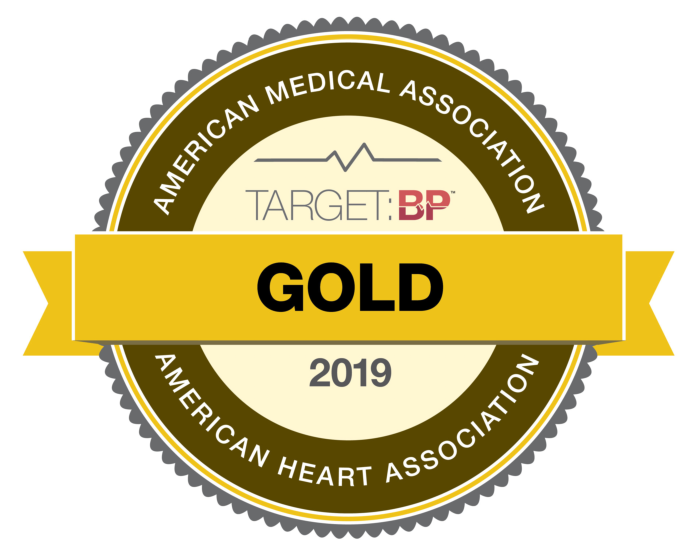Transcatheter aortic valve replacement (TAVR)
The Transcatheter aortic valve replacement (TAVR) procedure is a minimally invasive heart operation to relieve aortic value stenosis and is an alternative to open heart surgery.
The TAVR procedure allows our cardiac team to replace a malfunctioning aortic heart valve in a patient's heart with a balloon-expandable replacement that can regulate the heart's blood flow and restore proper oxygen levels. Once the new valve is in place, the symptoms of aortic stenosis such as shortness of breath, fatigue and dizziness improve.
What is the advantage of TAVR?
The TAVR procedure is much less invasive than open heart surgery for patients with aortic stenosis which means less time in the hospital and a faster recovery.
The TAVR Procedure at NorthBay
The TAVR procedure is performed in NorthBay Medical Center's new hybrid operating room equipped with high resolution digital imaging for complex surgeries. TAVR generally takes 1-2 hours and patients usually stay in the hospital just a couple of days. Your specially trained cardiologist will make a small incision in an artery at your groin and guide a thin tube with your new heart valve into your diseased valve. The tube is removed and the incision is closed. Your new valve begins working immediately.
You will wake up in Intensive Care where we can monitor your new valve closely. During that first day you will be up and walking, and then it's one more day in the hospital and you will be on your way home.
Your cardiologist will see you in the office a week later and then in a month. After your first week with your new valve you'll be ready to start cardiac rehab which will help you regain strength and increase your stamina.
TAVR Procedure FAQs
Aortic value stenosis is a condition where the flaps of tissue that regulate the flow of blood through the aortic valve in the heart become calcified and stiff which reduces their ability to open and close. The heart must work harder to push blood through the valve to the body. As a result, less oxygen rich blood flows from the lungs to the brain and the rest of the body which may cause symptoms like fatigue and difficulty walking short distances.
The symptoms of aortic stenosis are commonly misunderstood by patients as signs of “normal” aging. They include:
- Chest pain
- Rapid, fluttering heartbeat
- Difficulty breathing or feeling shortness of breath
- Dizziness, feeling light-headed or fainting
- Difficulty walking short distances
- Swollen ankles or feet
- Not doing activities you used to enjoy
- Difficulty sleeping or the need to sleep sitting up
- Tiring easily
- Inability to do activities
If you have severe aortic stenosis and are at risk for complications from heart surgery, TAVR may be a better treatment option. Your NorthBay cardiologist will perform a thorough evaluation of your condition and review the treatment options with you:
- Better clinical outcomes with fewer complications
- Shorter recovery time
- Less pain and anxiety
- Relief of symptoms
- Improved quality of life
If you have severe aortic stenosis and are at risk for complications from heart surgery, TAVR may be a better treatment option. Your NorthBay cardiologist will perform a thorough evaluation of your condition and review the treatment options with you.










